Wear the Right Glove for the Task
by Bob Niklewicz PT MG.
As an Ergonomic Consultant, I have gone to businesses with many hand dexterity-dependent tasks such as construction sites, wineries, assembly and high-tech clean rooms. Almost without exception, there are hazards or situations that require gloves. Gloves protect workers from abrasions, chemicals, pathogens and thermal hazards. Being a gardener also falls into the jobs that require gloves.
Working in soil as well as in dirt, a person may come in contact with sinister stuff that is not visibly evident. For example, did you know that soil can contain tetanus, anthrax, staph aureus, e. coli, listeria, strep, botulism, fungi and animal deposits or remains. Granted these are not all common in everyone's soil, but they could be, so but why take a chance? The portals of entry for these undesirables include puncture wounds, abrasions, cuts, existing skin lesions, inhalation and digestion.
What kind of medium do we put our hands on when in the garden? Wet-muddy, dry-hard, rocks-gravel and thorny-woody stuff plus the risk from vibration generated by many things you hold that have a motor attached to them.
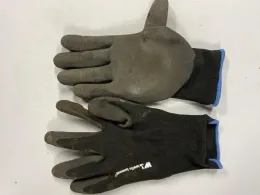
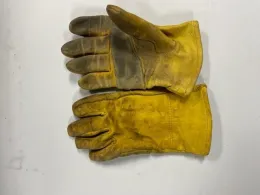
Dry-Hard soil can be managed by dense material gloves made of leather to protect you from abrasions and sharp edges. Photo 2.
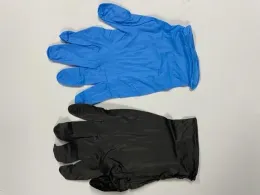
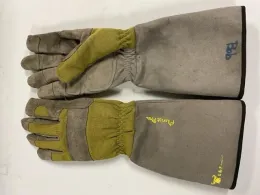

If you do not have gauntlet gloves you can get leather wrap-arounds for your forearms that fit into standard leather gloves. Photo 6.
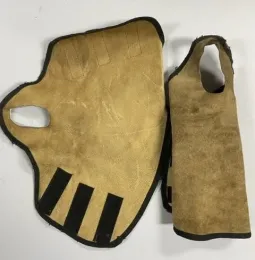

Napa Master Gardeners are available to answer garden questions by email: mastergardeners@countyofnapa.org. or phone at 707-253-4143. Volunteers will get back to you after they research answers to your questions.
Visit our website: napamg.ucanr.edu to find answers to all of your horticultural questions.
Photo credits: Bob Niklewicz
Information links: UC Berkeley.edu https://greenthumbs.cedwvu.org/media/1165/ergonomic.pdf
